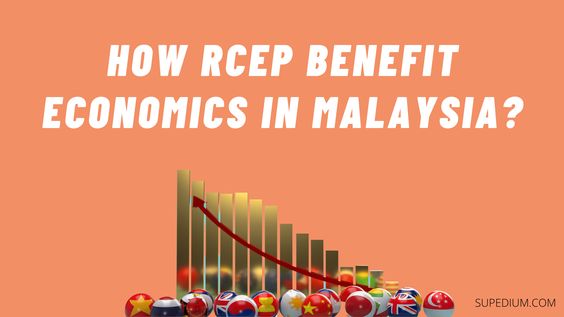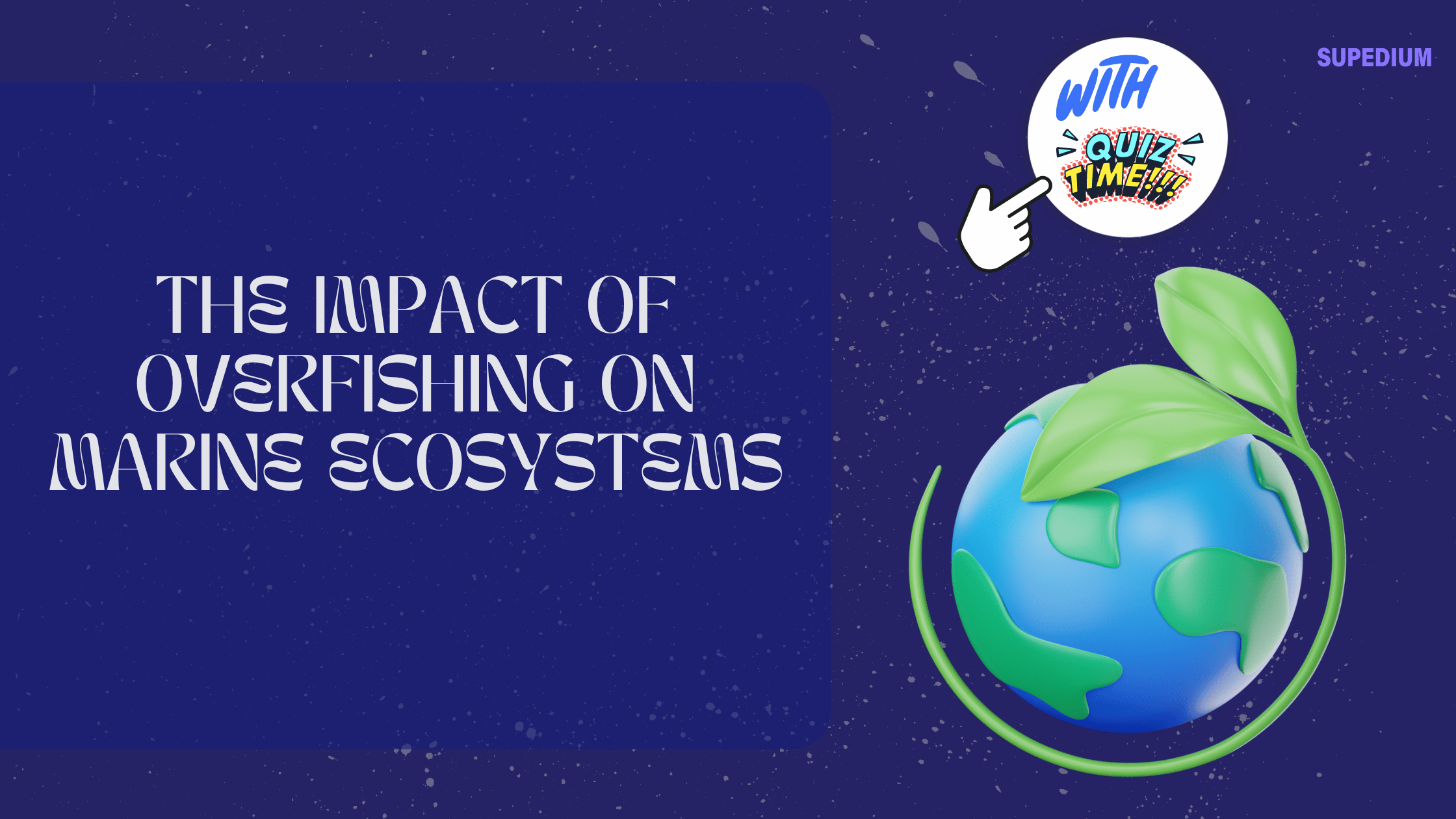Table of Contents
![]()
What is RCEP?
The Regional Comprehensive Economic Partnership (RCEP) is a proposed arrangement between the member states of the Association of Southeast Asian Nations (ASEAN) and its free trade contract (FTA) partners. The pact intends to cover trade in goods and services, intellectual property, etc.
What Does RCEP Do?
RCEP intends to boost investment and promote freer motion of items in between RCEP’s members by gradually decreasing tariffs, incorporating local supply chains and countering protectionism. The deal is historic in its pure scale, with member nations adding to roughly 30% of worldwide Gdp and incorporating a market of 2.1 billion individuals (nearly a 3rd of the world’s population), making the RCEP the world’s largest trade pact.
The RCEP contract consists of 20 Chapters associating with sell goods and services, investment, momentary motion of natural individuals, rules of origin, customizeds procedures and trade assistance, trade treatments, intellectual property, competition, federal government procurement and institutional arrangements. These disciplines will promote intra-regional trade in between the getting involved nations and might incentivize the reorganization of supply chains for business with considerable operations in these markets.
Provisions on market access and common guidelines of origin, for example, will reduce expenses for makers producing products in an RCEP country, for export to another member nation. This includes, of course, tariff-free or reduced-tariff treatment within the regional bloc for lots of goods produced in China and within ASEAN. Most especially, while most RCEP members already have existing trade agreements in place, RCEP will mark the first time that China and Japan, and Japan and South Korea, will be connected by trade agreements. Business with production in the area will need to analyze item treatment and guidelines of origin within RCEP in addition to in comparison to the existing regional FTA network to determine benefits for their supply chains.
In the digital area, RCEP is noteworthy since it marks among the first times that China has accepted worldwide standards on e-commerce and data flows (although the useful impact might be restricted by public policy exceptions so large they may ultimately swallow the guideline, in this circumstances). More broadly, the agreement does not forge ahead on e-commerce and digital trade in spite of their rising prominence, sped up due to COVID-19.
Enforcement of the deal is another area that will need alertness and oversight from business. Although a dispute settlement system is present, particular Chapters are exempt up until an evaluation by RCEP members 2 years after the contract participates in force.
What are the Participating Countries?

After 8 years of negotiations, Economic Ministers from 15 Asia-Pacific nations signed the Regional Comprehensive Economic Partnership (RCEP) on November 15, 2020 throughout a virtual finalizing event on the side lines of the 37th ASEAN Summit hosted by Vietnam. The RCEP consolidates and builds upon existing ASEAN +1 open market agreements (FTAs) 1 with 5 regional trading partners (“dialogue partners”) and intends to establish a single, balanced, foreseeable set of regional trade guidelines that incentivize services to find their supply chains within the covered Asia-Pacific area.
Comprised of 20 chapters, 2 the RCEP contains rules governing such subjects as market gain access to for goods and services, guidelines of origin, standards, temporary motion of natural individuals, financial investment, e-commerce, competition, federal government procurement, and intellectual property, albeit with varying degrees of ambition and substance. Notably absent from the RCEP are chapters that address commercial subsidies, state-owned enterprises, labour rights, and the environment.
The RCEP’s 15 members include a varied mix of high-income economies (Australia, Brunei, Japan, Korea, New Zealand, and Singapore), upper middle-income economies (Indonesia, Malaysia and Thailand), lower middle-income economies (Cambodia, Laos, Myanmar, the Philippines, and Vietnam), and significantly, the second biggest economy on the planet (China). India was an original getting involved economy, but withdrew its membership in November 2019 over market gain access to issues, primarily with China.
Once implemented, the RCEP will be the world’s largest trade agreement, covering approximately 30% of worldwide GDP and one-third of the world’s population. It will be larger than other significant trading blocs, including the European Union, the United States-Mexico-Canada Agreement (USMCA) and the Comprehensive and Progressive Arrangement for Trans-Pacific Collaboration (CPTPP).
The Benefits of RCEP
Rules of origin
The RCEP will provide traders with a single set of rules and treatments for preferential tariff treatment to gain access to tariff choices for trade with other RCEP parties, which ought to decrease intricacy and compliance costs for taking part traders who previously had to browse origin guidelines under disparate ASEAN +1 agreements or bilateral FTAs. The RCEP adopts a product-specific-rules of origin (PSR) technique, where the requirements by which to figure out if a product qualifies for preferential tariff treatment will differ from product to item. Under the PSRs, most products adopt co-equal guidelines, which supply some flexibility for companies to make use of either a modification in tariff category (CTC) or a local worth of content (RVC) rule of 40% to fulfill the guidelines of origin requirement. Much of the PSRs are already familiar to companies selling the region under the ASEAN +1 FTAs; however, it remains to be seen how companies will adapt to these PSRs in practice. In addition, local cumulation rules are allowed to help with inputs from the most effective and cost-efficient local source, whereas third-party invoicing and self-declaration by approved exporters and producers will likewise be readily available subject to application duration.
Sell services
The RCEP establishes guidelines for the supply of services including obligations to provide access to foreign service suppliers (market access), to deal with regional and foreign providers equally (national treatment), and to treat foreign providers a minimum of as well as providers of any other non-RCEP nation (most-favoured nation (MFN) treatment). There is, however, some complexity in the scheduling of specific dedications for services (similar to the sell items tariff schedules pointed out above). For instance, Cambodia, China, Laos, Myanmar, New Zealand, the Philippines, Thailand, and Vietnam embrace a positive list method to the scheduling of particular services dedications. Nevertheless, these countries need to shift to the negative list method, where market access is open to foreign services suppliers, unless exceptions have been applied, within six years after entry into force of the RCEP. In contrast, Australia, Brunei, Indonesia, Japan, Korea, Malaysia, and Singapore embrace the unfavorable list approach for services liberalization immediately.
A minimum of 65% of services sectors will be completely open with increased foreign shareholding limits consisting of professional services, telecommunications, financial services, computer and associated services, circulation, and logistics services. The RCEP will likewise consist of a “ratchet-mechanism” where future unilateral liberalization for chosen sectors is locked in, permitting the reduction of barriers to services and financial investment trade in time.
Investment
The RCEP’s financial investment provisions cover core investment securities consisting of guidelines requiring payment of compensation where an investment is expropriated, fair and fair treatment, payment for losses due to dispute and civil strife, and complimentary transfer of investment-related capital. The RCEP also includes commitments to restrict performance requirements on financiers as conditions for getting in, broadening or running in RCEP celebrations. However, the RCEP does not offer investor-state disagreement settlement (ISDS) however consists of an integrated work program, which will commence no later than two years after the Contract’s entry into force. This work program need to be concluded within the following 3 years to consider whether to change RCEP to consist of ISDS. Any change would need the permission of all RCEP celebrations.
Electronic commerce
The RCEP covers commitments on cross border data flows and provides for a more conducive digital trade environment. It also limits the scope for government to impose limitations consisting of requirements to localize information. There are also provisions concerning the digitalization of trade documentation and making use of electronic signatures and electronic authentication to help with cross-border trade. These provisions expand existing guidelines under the ASEAN-Australia-New Zealand FTA (AANZFTA) along with other bilateral FTAs. The addition of these e-commerce obligations will modernize the trading relationship among RCEP parties, especially those not party to the CPTPP.
Intellectual property (IP)
The RCEP will raise requirements of IP defence and enforcement consisting of non-traditional trademarks such as sound marks and a wide variety of commercial designs. RCEP celebrations, which have not done so currently, commit to accede to IP treaties that will make it possible for companies to file a single patent or hallmark application instead of having to submit private applications in each nation. RCEP’s results on geographical indicators (GIs) take the approach secured under the CPTPP where all parties need to adopt or keep transparency responsibilities and due process with respect to a program provided for the protection of GIs. This consists of considering whether a term is a typically utilized detailed term in that market, and providing procedures to oppose and cancel GIs.
Government procurement
The RCEP is the first trade agreement where a variety of specific celebrations as well as ASEAN as a whole have consisted of guidelines on federal government procurement. The celebrations dedicate to release laws, guidelines and procedures regarding federal government procurement, while cooperation arrangements set out a system to assist in assessment and exchange of details on government procurement matters. While the CPTPP includes more enthusiastic federal government procurement dedications, the RCEP marks the first time that significant ASEAN countries such as Indonesia, Thailand, and the Philippines devote to enhanced transparency and cooperation on central federal government procurement.
SMEs in Malaysia will have to compete
However, trade liberalisation likewise suggests that small and medium business (SMEs) will have to contend versus multinational corporations in addition to its peers in lower-cost countries.
On this, the Malaysian federal government will have to describe where the nation beings in the international supply chain and the locations in which it is competitive, states Member of Parliament for Klang Charles Santiago. “The government needs to have done a cost-benefit analysis that describes a few of the advantages and strengths of the arrangement on the Malaysian economy, in addition to a nationwide interest study.
“Which of the markets in Malaysia can complete and which markets need to be protected need to be detailed. The essential thing is that it will inform you where exactly you are in the supply chain.”
With RCEP, will Malaysian industries be completing versus the greater- or lower-cost producers in a supply chain? Can we contend against South Korea, Japan and China in the E&E sector from a technological point of view?
If we are contending on expenses, is our expense structure much better than that of the E&E producers in Vietnam, Thailand and the Philippines? These are concerns that the Malaysian federal government should resolve through a cost-benefit analysis and nationwide interest studies.
At the same time, Malaysia already has bilateral and multilateral FTAs with all of the RCEP members. So, how does remaining in RCEP offer Malaysia a higher benefit than what it currently has from the multiple FTAs?
UOB’s Suan states this is one of the often-asked concerns when it comes to RCEP. “While Asean has bilateral trade agreements with all of the other five members, the more crucial factor is that China, Japan and South Korea did not have any trade agreements prior to RCEP.
“In one fell swoop, all these nations are in an open market area. That implies better market gain access to for all, and enlarged opportunities.”
Without RCEP, there would be multiple sets of rules of origin that organizations would require to adhere to enjoy preferential tariff concessions, states MIDF Research’s Imran. RCEP improves this, making it easier to build flexible supply chains, he points out.
Due to the typical and harmonised rules of origin in RCEP, the preference would be for a Japanese product, for instance, to be produced and sold in the RCEP area, thus helping with supply chain management and moving, says Suan. “These bigger chances in turn will bring advantages to various member nations like Malaysia where they have their own comparative benefits in various sectors, markets, product or services.”
For Bank Islam’s Afzanizam, trade agreements have constantly been positive, particularly when the global economy has actually been under assault by the US-China trade war since 2018. “It’s unthinkable to think of that the world would be de-globalised and become more inward-looking. In some sense, if that occurred, it would appear that the world was eversing,” he says.
“Fortunately, the current United States presidential election results seem giving some hope that the world would be less hostile with respect to international trade. And the current finalizing of RCEP would pave the way for more financial integration to happen.”






Be the first to comment